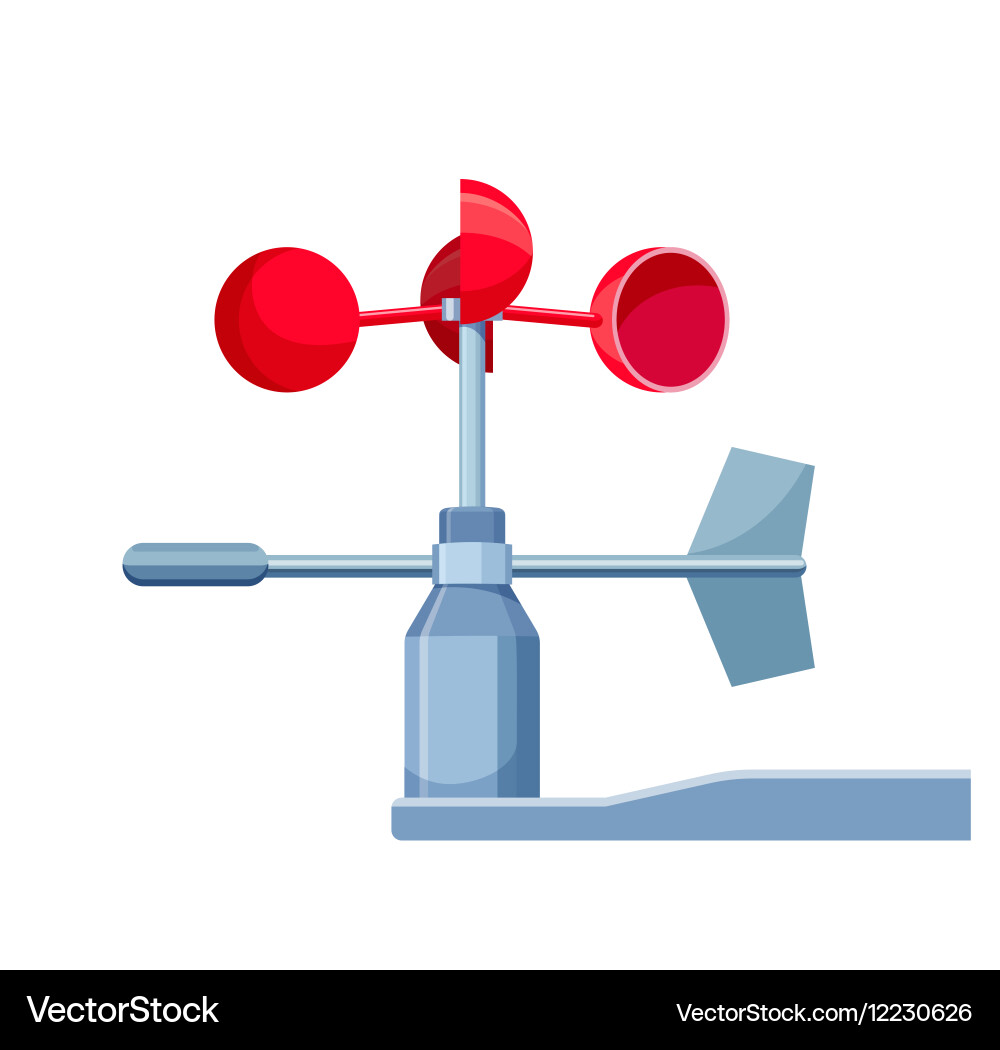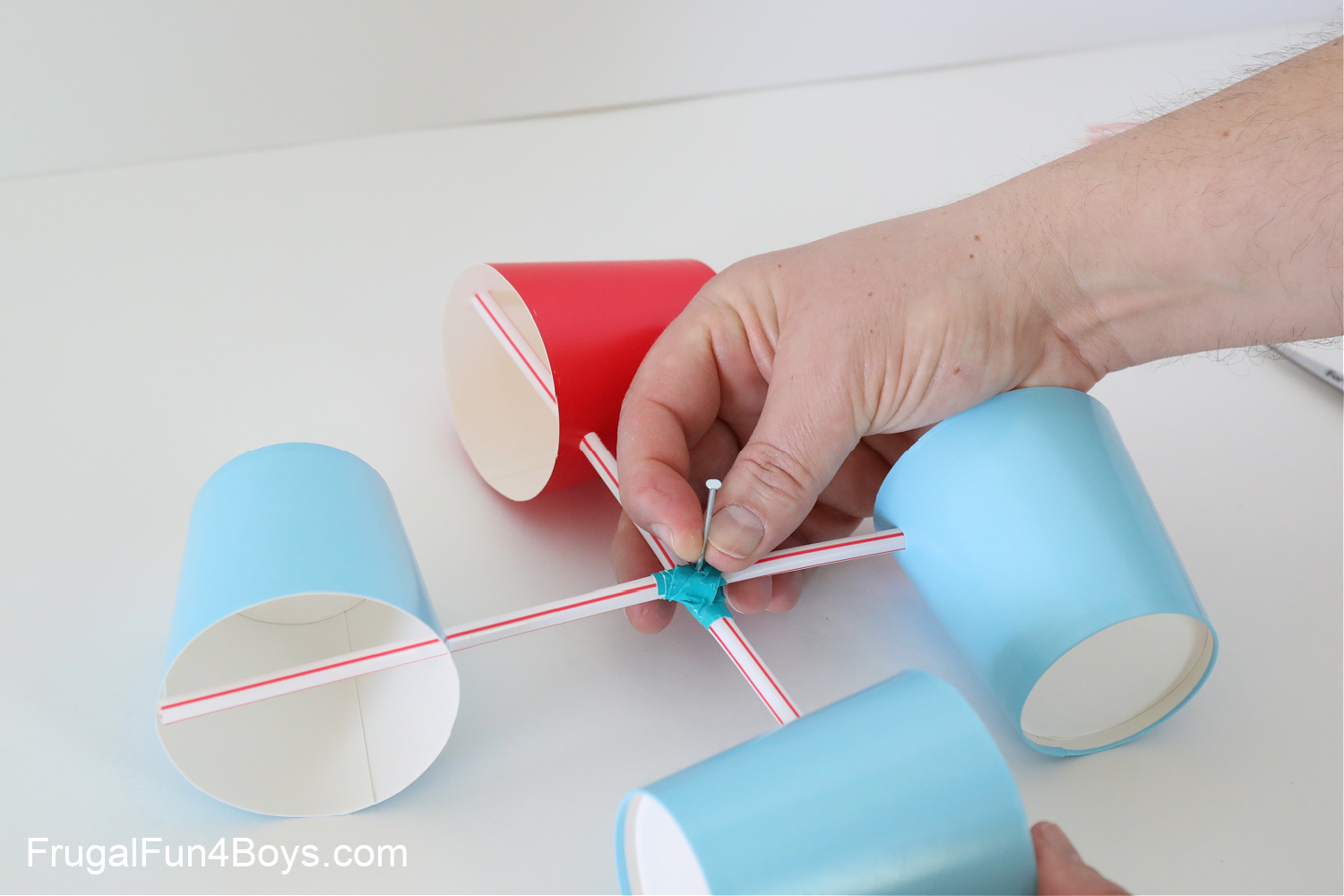Anemometer Innovations: The Most Up To Date Innovation for Wind Rate Measurement
Anemometer Innovations: The Most Up To Date Innovation for Wind Rate Measurement
Blog Article
Checking Out the Functions and Advantages of Anemometers for Climate Enthusiasts and Specialists
From mug anemometers to sonic anemometers, each type brings its unique collection of advantages and applications, losing light on different elements of climatic conditions. As we dig right into the features and benefits of anemometers, a deeper understanding emerges not only of prevailing weather phenomena but additionally of the more comprehensive implications for industries like wind power production and ecological research study.
Relevance of Anemometers in Climate Surveillance
Anemometers play an essential function in weather surveillance by providing precise measurements of wind rate, aiding in projecting and understanding weather condition patterns. These tools, ranging from typical mug anemometers to modern ultrasonic anemometers, are necessary for meteorologists, researchers, and weather condition lovers alike.

Kinds Of Anemometers and Their Applications
The most common types of anemometers include mug anemometers, vane anemometers, hot-wire anemometers, and ultrasonic anemometers. Mug anemometers consist of 3 or four mugs mounted on horizontal arms that rotate with the wind, gauging its rate. Vane anemometers, on the other hand, use an openly rotating vane to straighten with the wind direction, providing both wind rate and instructions measurements.
Each kind of anemometer has its special benefits and applications. Cup anemometers are robust and suitable for basic weather surveillance, while vane anemometers are favored for directional measurements. Hot-wire anemometers are sensitive to low air velocities, making them suitable for interior settings. Ultrasonic anemometers are non-intrusive and provide high accuracy, commonly made use of in study and specialized climate surveillance applications. Understanding the attributes and applications of each type of anemometer is essential for choosing one of the most proper tool for specific climate checking needs.
Advantages of Making Use Of Anemometers in Projecting
In weather forecasting, the use of anemometers offers very useful advantages for enhancing the accuracy of weather forecasting. Anemometers gauge wind speed and instructions, supplying important information for anticipating climate patterns. By incorporating wind information into projecting models, meteorologists can much better understand the movement of weather systems, prepare for modifications in atmospheric conditions, and issue extra exact projections.
Moreover, anemometers play an essential duty in examining prospective weather dangers. Keeping an eye on wind rates assists forecasters predict severe weather condition occasions such as cyclones, tornadoes, and winter months storms with greater precision. This very early warning system makes it possible for authorities to provide timely alerts and apply essential safety and security actions, decreasing the threats to life and home.
Furthermore, anemometers aid in enhancing renewable resource manufacturing. By analyzing wind patterns, meteorologists can determine ideal places for wind farms and forecast energy result, adding to the efficient generation of wind power.

Anemometers in Wind Power Manufacturing
Given the crucial function anemometers play in providing precise wind data for weather forecasting and danger evaluation, their relevance reaches the world of wind power manufacturing. Anemometers are essential instruments in the area of wind power, where the measurement of wind speed and instructions is critical for identifying the usefulness and effectiveness of wind turbine installments. By properly gauging wind rates at differing elevations, anemometers assist maximize the placement and style of wind generators to make best use of energy outcome.
In wind ranches, anemometers are tactically put other to accumulate real-time wind data that is utilized to examine the potential energy like it production of a website. This information contributes in identifying the economic viability of wind energy projects and in forecasting power generation to guarantee grid security. Additionally, anemometers help in monitoring wind problems to maximize turbine performance, stop damage from high winds, and guarantee the safety and security of workers working in the area of wind turbines.
Enhancing Climate Recognizing With Anemometers

Anemometers play a crucial role in improving our understanding of microclimates. These localized climate problems can differ dramatically from broader local projections, making it important to have exact data for certain areas. anemometer. By purposefully putting anemometers in numerous locations, researchers can gather in-depth info on how wind acts in various surfaces, metropolitan settings, or bodies of water
Furthermore, anemometers add to improving weather projecting versions by giving real-time data on wind behavior. This information is especially important for forecasting extreme climate occasions, optimizing farming methods, and supporting sectors like aeronautics and maritime navigating. Generally, anemometers are indispensable instruments that allow us to delve deeper right into the intricacies of climate systems, eventually leading to more better-informed decisions check out here and accurate predictions.
Conclusion
In final thought, anemometers play an essential role in climate surveillance and forecasting by measuring wind speed and direction. Anemometers additionally have applications in wind energy production, additional highlighting their value in both meteorology and sustainable power markets.
From cup anemometers to sonic anemometers, each type brings its special set of applications and advantages, losing light on numerous aspects of atmospheric problems. These instruments, varying from standard cup anemometers to contemporary ultrasonic anemometers, are vital for meteorologists, scientists, and weather lovers alike. The most usual kinds of anemometers consist of mug anemometers, vane anemometers, hot-wire anemometers, and ultrasonic anemometers. Mug anemometers are ideal and robust for general weather monitoring, while vane anemometers are favored for directional dimensions. Anemometers are essential instruments in the field of wind power, where the dimension of wind speed and instructions is critical for figuring out the feasibility and efficiency of wind generator setups.
Report this page